Irritation after epilation

Epilation is a procedure for removing hair from certain parts of the body. It differs from depilation in that it removes the hair along with the hair follicle. Irritation after epilation is an unpleasant phenomenon that every second girl faces (regardless of skin type), and this is normal, experts say.
Reasons for the appearance
Epilation is a procedure that the life of a modern lady cannot do without, but even it requires sacrifice. Microdamages after the procedure respond with red dots on the body, itching and an unpleasant appearance of the skin surface. During the procedure, the “body” of the hair and its root are subjected to mechanical damage. The latter, by the way, exceeds the thickness of the hair in size and injures the cells from the inside. Here it is - the cause of the formation of irritations.

Red dots appear from epilation - wax, sugar, laser, photoepilation and a conventional epilator. All of these are potential irritants to our skin. So, The main reasons for this unpleasant phenomenon are as follows:
- First reason - mechanical effect on the dermis due to pulling out the hair from the root. The hair follicle closely "cooperates" with the nerve endings in the cells. When it (the root of the hair) is unceremoniously torn out, everyone suffers - the woman, the hair, and its root.The skin is especially difficult.
- Increased sebum production after hair root removal. It literally clogs the pores, which causes irritation and partial ingrown hairs.
- During epilation, the keratinized layer of the skin is additionally removed. - pay attention to dry dust particles on the epilator or in sugar paste, these are “dead” scales.
- Too thin and sensitive dermis will be covered with irritations in any case - this is its anatomical feature, and you will have to come to terms with it. Small rashes (and even itching) haunt such a woman for a long time, but experienced users of the epilator and wax were able to come up with some simple ways to deal with troubles - read about it below.
- The skin, which is not yet accustomed to frequent epilation, is irritated. At first (up to six months), the skin may react strongly, but gradually itching and redness will subside. Already a couple of hours after the hair removal procedure, such problems can be forgotten.
- Poor quality wax, sugar, dirty blunt epilator can cause reddening of the skin and cause more serious consequences - allergies and pustules. To prevent this, take good care of your epilator and reach out to certified hairdressers with experience, recommendations, and photos of clean rooms on social media.
- Wax or sugar residues on the skin can clog the epidermis, resulting in pustules. Thoroughly clean the skin after such hair removal - using special liquids or folk methods.

So, when red dots appeared on the body after epilation - this is a normal skin reaction to an irritant, it is quite natural.But on some women, these same points last 10 minutes and disappear, others are tormented for another two or three days and are supplemented by itching. How long they stay on the body is affected by the skin. On the "thick" and not very sensitive rashes pass within a couple of hours. On light, thin, sensitive, they can last up to two or three days.
If epilation is too cruel a method of dealing with hair for you, you should give preference to depilation (hair removal with a razor or cream). However, it is not suitable for daily use either - irritation will overtake sooner or later anyway. During depilation, the surface body of the hair is removed, and after a day it begins to prick unpleasantly.
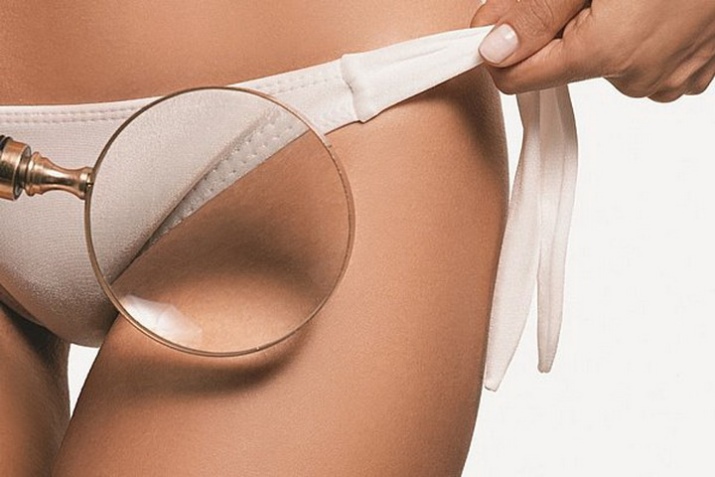
How to avoid?
Proper preparation for epilation will reduce the scale of its manifestation. Well-cleansed and pre-prepared skin will thank you. The following useful tips can be highlighted:
- Before removing hairs, exfoliate your skin for about 24 hours. Abrasive particles will remove dead skin cells of the epidermis and “open” the way to the hair root. They will remove obstacles on the way to the hair follicle. You can use the scrub a couple of hours before the procedure or immediately before it. If the skin is very sensitive and thin, it is better to do this in a few hours.
- Cleanse the skin with a disinfectant composition - it can be hydrogen peroxide, alcohol up to 70 degrees, Miramistin, or any pharmacy product.
- You can pre-steam the skin. Then it will be easier for the hair follicles to pass through the open pores on its surface, and they will injure the skin less. The steaming method is not always praised by cosmetologists.
- If you use an epilator, you can cool your skin down a lot.Then pain sensations will additionally decrease, since the reaction of nerve endings on the body will be dulled.
- After the procedure, be sure to apply a moisturizing cream to the areas of the body “affected” by epilation: Bepanten, Panthenol, ordinary children’s cream - it doesn’t matter. It is good if the product contains soothing ingredients - aloe vera, plant extracts.
- Before going to the beauty parlor, do not visit the sauna or bath for 3 days. It is not recommended to carry out steaming procedures, but you even need to take a shower.




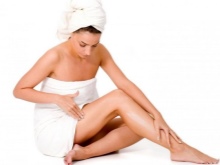
After epilation is not recommended:
- wet the skin for 2-3 hours (it is advisable to refrain longer - up to 12 hours);
- sunbathe 2-3 days;
- use a scrub (you can only in a day or two, not earlier);
- apply alcohol tinctures and lotions.

Beauticians recommend leaving the place that was subjected to the procedure in a natural state and providing comfort and peace - for example, do not wear underwear and choose loose cotton clothes (if there was a bikini epilation), do not wear tight-fitting trousers and tights (when removing hair on the legs).
The facial area is especially sensitive, and irritation above the upper lip or in the eyebrow area is the most unpleasant consequence of epilation. To get rid of redness that has already formed, cosmetologists recommend treating the area with thermal water or a mild tonic without alcohol. You can use ordinary peroxide or a decoction of herbs. They also recommend freezing herbal decoctions in cubes, which will not only help to urgently relieve irritation, but will also be useful in daily skin care.
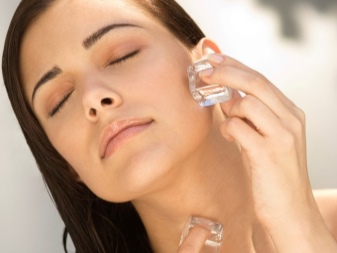

If the redness is so strong that it causes discomfort, pain, if it has led to the formation of spots or pigmentation, this is a serious reason to contact a cosmetologist or dermatologist.Perhaps an infection has penetrated the skin.
How to remove hair correctly?
Wax
It does not matter where the hair will be - in the armpits, on the arms, legs or abdomen. Their length should be 0.5-1 cm. Apply heated wax on the body against hair growth or along it (suitable for sensitive skin), put a paper strip on top, press it down and wait for the composition to dry - about 10-30 seconds. Tear off the strip in the direction of hair growth. To reduce pain, press your fingers on the epilated area - this will noticeably reduce sudden pain and allow the skin to calm down more quickly.
Using wax strips is one of the most affordable home hair removal methods. Preheat the strip in the palms of your hands and stick it on the area of the body in the direction of hair growth. To make its shape fit the contours of the body, you can cut off the corners or change the shape as a whole. When the strip sticks, smooth it with the palm of your hand and pull sharply in the direction against hair growth.
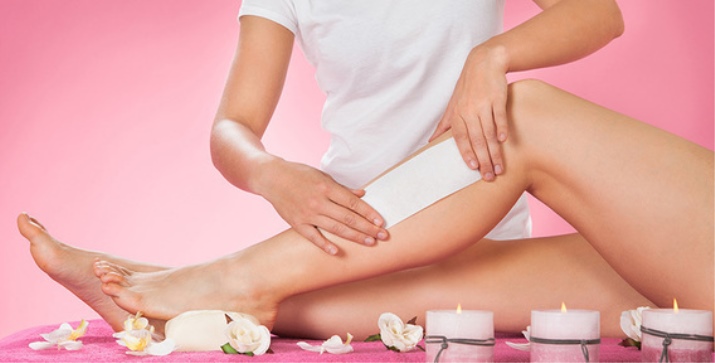
sugar
The conditions are the same - the size of the hairs should be at least half a centimeter. Apply the melted sugar mixture on the skin in the direction of growth, roll it for 5-10 seconds, grabbing the hairs. Remove the “sweet” strip with a growth movement - this must be done sharply.
Sugar is considered the safest and most affordable method of hair removal on the face. Take some sticky mass and put it on the area above the upper lip. Spread it over the surface with your fingers and roll the hairs into the mass. With jerky movements, remove the paste against the direction of hair growth.
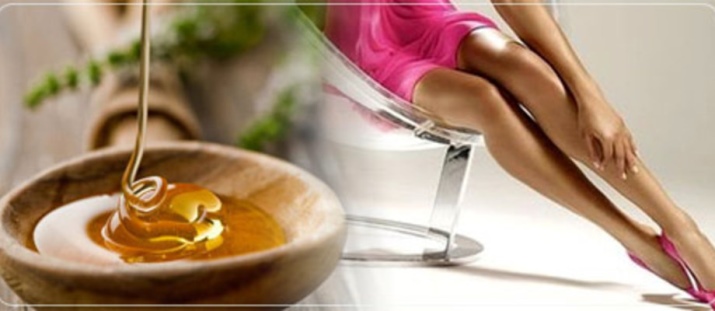
How to quickly soothe the skin?
Pharmacy antiseptic products and moisturizers will help get rid of redness on the skin caused by epilation:
- any baby cream;
- "Boro plus";
- "Miramistin";
- "Bepanten";
- "Panthenol";
- "Chlorhexidine";
- soothing face lotion without alcohol;
- thermal water;
- any ointment or cream against burns.
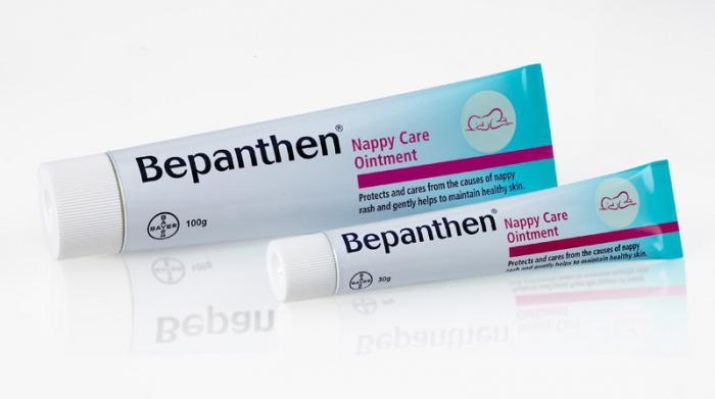
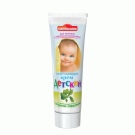



If the irritation does not go away for a long time or you are a supporter of traditional medicine, they will help:
- Aloe Vera Leaf Juice: Cut a medicinal plant leaf lengthwise and place it on the wound.
- A decoction of medicinal plants: chamomile, celandine, calendula. It is necessary to brew the herb and let it brew for a couple of hours, after which the affected areas should be wiped.
- A mixture of any base vegetable oil (olive, vegetable, coconut) and tea tree extract, chamomile, lavender.
- Baby powder.


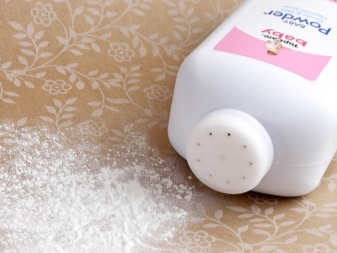

How to remove?
The best way to reduce irritation is to prevent it from occurring through careful preparation, allergy testing, and expiration dates. You should stock up on clean strips (for waxing) and brand new spatulas for applying and distributing the composition. You need to put cotton pads and a soothing lotion near you. Don't forget the disinfectant lotion.
Wax and sugar can cause allergies, so be sure to test for an allergic reaction before your first treatment. Apply a little composition to the crook of the elbow and evaluate the situation after 10 minutes. Itching, redness, rashes - a reason to abandon the home procedure.
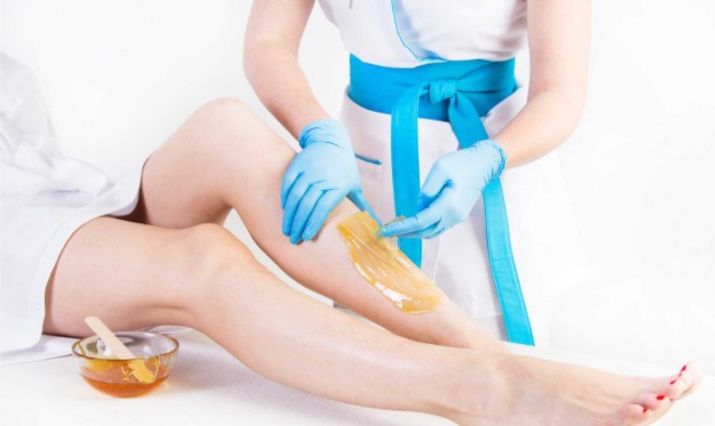
Pharmacy anti-burn ointments and creams will help reduce the resulting redness: due to their light texture, they are quickly absorbed into the epidermis and perfectly reduce irritation. Unfortunately, it is not always possible to remove redness instantly. Sometimes it is better to apply one cream after epilation than to wipe poor skin with grandmother's tincture every three minutes. By the way, constant friction with cotton pads can also cause increased irritation.We wiped the skin once - and that's enough, next time take on the tonic no earlier than in a couple of hours. Better yet, use a spray - for example, thermal water. With her, you definitely can't overdo it.
Sometimes the reaction of the skin is unpredictable: after hair removal by any method, ingrown hairs or pustules often appear. All this slowly leads to the formation of age spots. Ingrown hairs interfere with the normal functioning of the skin and appear on its surface as huge, inflamed pimples, which must be removed in a timely and accurate manner.
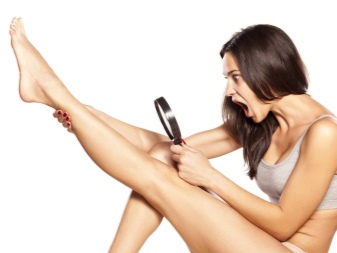

Almost 9 out of 10 cases of their removal give age spots. They can and should be fought. A scrub will help prevent their formation. Cleanse the skin with it about a day before waxing and do not forget to use the product at least 2 times a week to remove dead cells in time and set the direction for growing hairs.
It will take a long time to treat age spots: for this you will need to wipe the epidermis with brightening compounds (special lotions without alcohol or ordinary lemon juice, you can use a cream against pigment formations and combine the above methods). Anti-ingrown hair creams and gels will help prevent the formation of inflammation and pigmentation - after the hair removal procedure, they are always used by both professionals in salons and home masters. Pharmaceutical ointments will help cure inflammation - like "Badyagi".
How to get rid of irritation after shaving, see the following video






















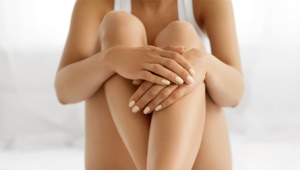






It is best to go over the skin with a scrub or a rough washcloth before shaving or epilation. I then started applying ointment to soothe the skin. There was less irritation.
Most of all, the skin is injured after using the epilator. But for me, this method of hair removal is the most effective. And to reduce irritation and soothe the skin, I simply apply Elon ointment. It helps me.